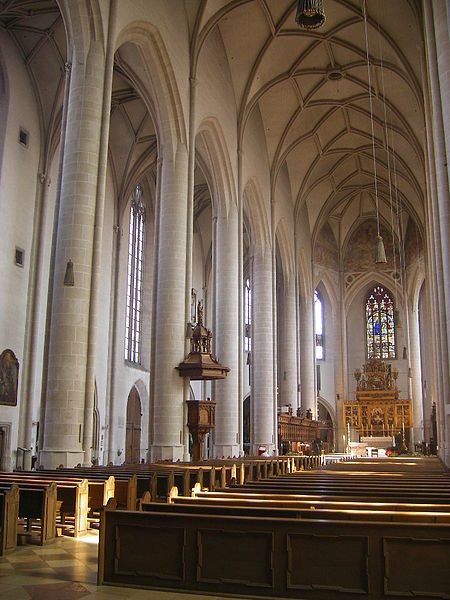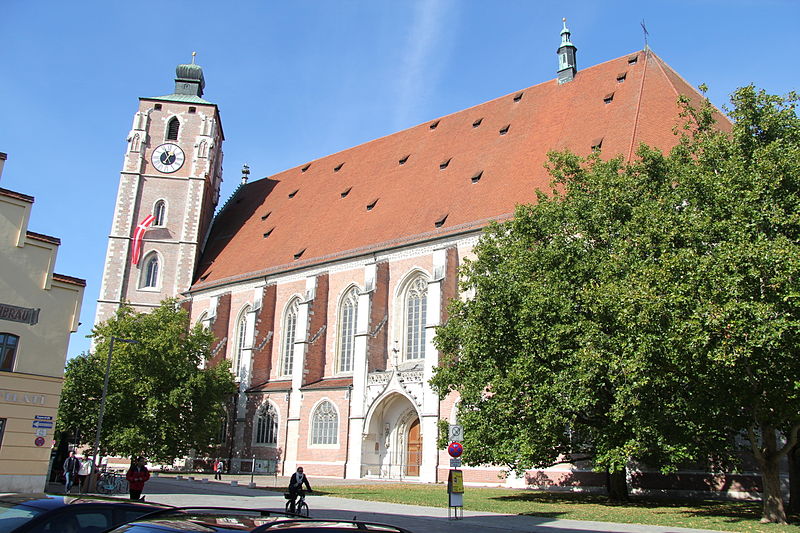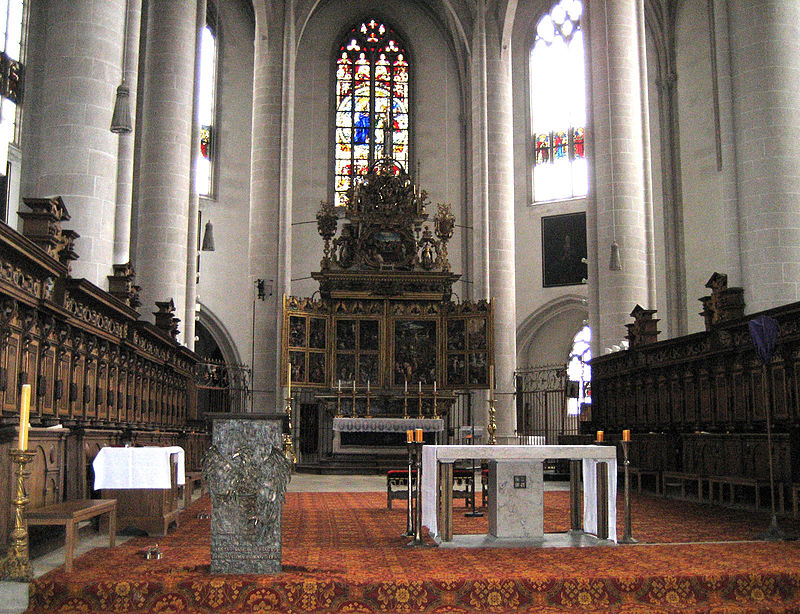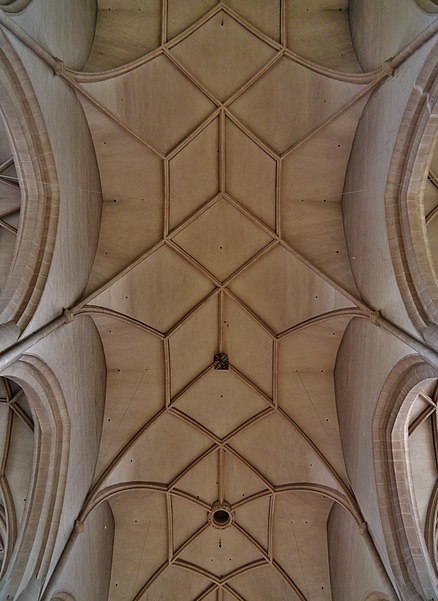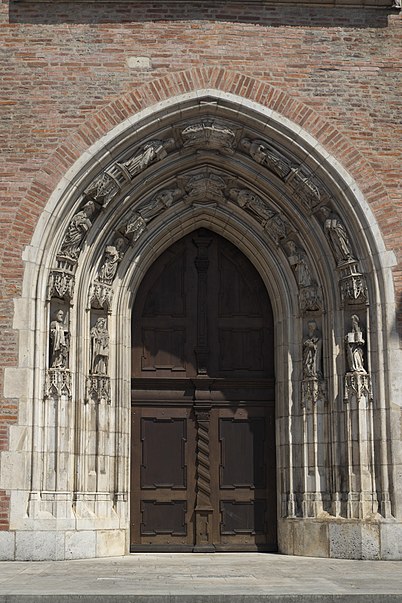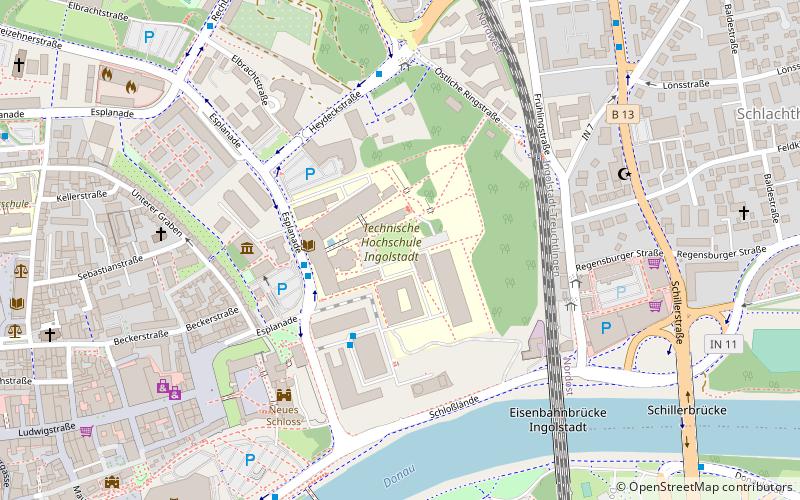Liebfrauenmünster, Ingolstadt
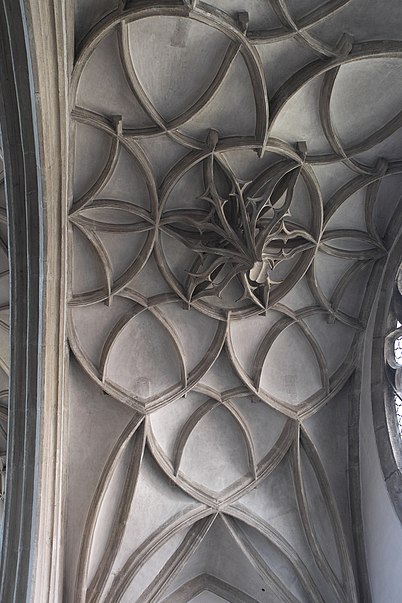
Facts and practical information
Church of the Blessed Virgin Mary in Ingolstadt - Catholic Church in Ingolstadt, Bavaria, Germany.
The church represents the architecture of the late Gothic. Its construction, financed from the funds of Prince Louis VII Bavarian from the Wittelsbach dynasty, began in 1425. When the city's population has already exceeded the number of 4,000. Construction, implemented in stages, was completed a hundred years later. Until 1447, he was the court church and the burial place of the local princes, in the years 1472-1800 the university church, and from 1974 he has been the cathedral. Unlike the much older church of St. Maurycy, called the "Lower Fair", the church of the Blessed Virgin Mary began to be called "Higher Fair".
It is a powerful, stone, stone-brown, three-nave indoor structure, but with its system similar to pseudobasilics, with a bypass, without a separate presbytery and without a transept. Oriented, surrounded by a string of prominent buttresses, it is covered with a high roof with a signature on the ridge. On the west side, two square towers of uneven height, from which the construction of the northern was completed only in 1799.......1.os.G. The spaces between the buttresses are filled with chapels open to the interior of the church.
The basic dimensions of the building are as follows: the length of the nave - 89 m; Total width - 37 m; Height of the nave - 28 m; the height of the aisles - 23 m; height for roof ridge - 62 m; Tower height - 62 m and 69 m.
A number of outstanding works of sculptural and painting art from Gothic to the 19th century have survived in the temple. A magnificent Gothic-Renaissance main altar by Hans Miechich comes from 1572. He was issued to celebrate the 100th anniversary of establishing the local university. Three paintings on the back of the altar depict the dispute of St. Katarzyna Alexandria with fifty pagan wise men. Great stained glass windows in the windows of the Eastern Choir, from the turn of the 15th and 16th centuries, and the epitaphs of outstanding theologians, professors of the local University and the priests of the Church: Johann Mainberger, Johannes Permetter and Albert Hunger.
The neo -Gothic sacramentarium was performed in 1861 by the Munich sculptor Anselm Sickinger according to the design Edmund Beyschlaga of Eichstätt. New organs with 70 registers in the Western Choir, made at Johannes Klais's Borea company, come from 1977.
In the southern tower there is currently the so -called Treasury with the exhibition of valuable church apparatus.
Liebfrauenmünster – popular in the area (distance from the attraction)
Nearby attractions include: Kreuztor, Saturn Arena, Neues Schloss, Bavarian Army Museum.
Frequently Asked Questions (FAQ)
Which popular attractions are close to Liebfrauenmünster?
How to get to Liebfrauenmünster by public transport?
Bus
- Harderstraße • Lines: 10, 11, 15, 20, 21, 31, 9223, N10, N12, N14, N19, N8, N9 (5 min walk)
- Taschenturm • Lines: 15, 30, 40, 44, 45, 52, 60, 65, 9221/21, 9226, N11, N15 (5 min walk)
Train
- Ingolstadt Nord (22 min walk)


